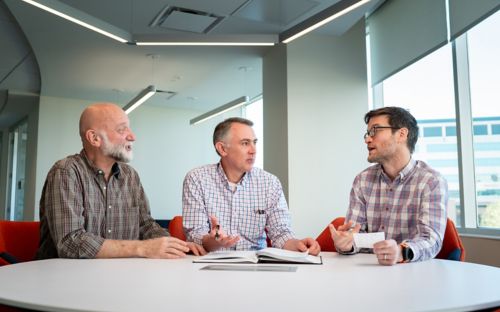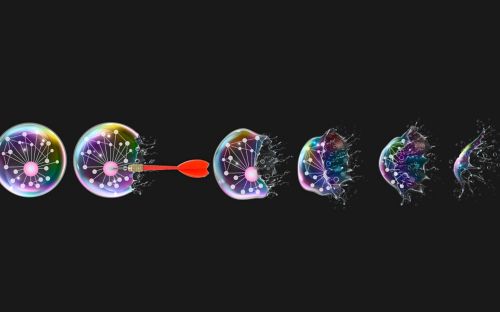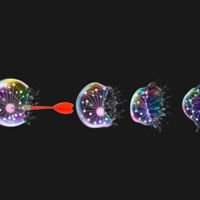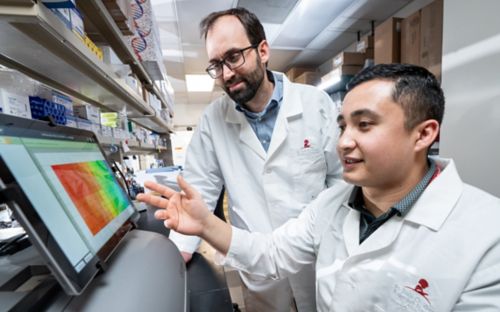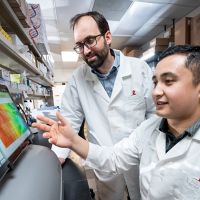COVID-19 vaccine development: better safe than fast
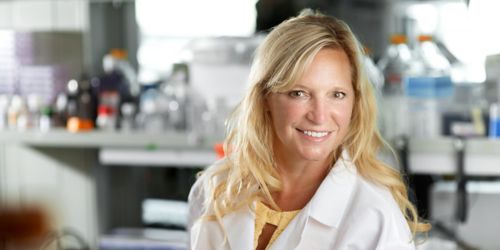
It is better to be safe than fast when it comes to the development of a COVID-19 vaccine.
With the news that COVID-19 vaccine trials have been halted due to unexplained illnesses in some participants, we all need to remember that when it comes to the development of vaccines, it is better to be safe than fast.
Under normal circumstances, development of a vaccine takes between five to 12 years from the lab to the pharmacy. Even in those cases, for every 5,000 compounds that reach human tests, only one makes it through the clinical trial process to U.S. Food and Drug Administration approval.
Vaccine research should be ongoing
The rush to develop a COVID-19 vaccine isn’t unprecedented. During the last Ebola outbreak, antibody therapy was fast-tracked so people could get emergency access to treatment as soon as possible. The 2009 flu pandemic vaccine came much faster than normal, and that was the first example of us showing what we could do when we needed to make this happen. But in both cases, we were dealing with familiar viruses. COVID-19 is really unknown. Going forward, as we see more viruses jump from animals to humans, we should have research already ongoing, so when this happens again, we’re not starting from ground zero.
With the COVID-19 virus, it has been good to see people pull together in labs and with companies to move forward quickly. It is reassuring to have companies acknowledge that they will not sacrifice safety for speed. Because of that, I truly don’t think we’ll see a workable vaccine before 2021.
Finding a safe way forward in vaccine development
In clinical research, the key word for Phases I–III is safety. During the process, if the vaccine is found to be unsafe, we want to end that trial so we can find a safe way forward, even if it takes longer than some people might prefer.
For a researcher, going through the clinical process can be exciting and terrifying at the same time. Many scientists go into research hoping we will develop or discover something that will help people. When it happens and you bring something from the bench to the bedside, it is thrilling for the entire lab. But that doesn’t mean we’re finished. We have to continue to study the virus, follow the data, and improve on what we’ve already discovered. That’s why it’s called “re-search,” because you get to redo it again and again until you get it right. But the process is never truly done. You always want to find a better way to do things.

